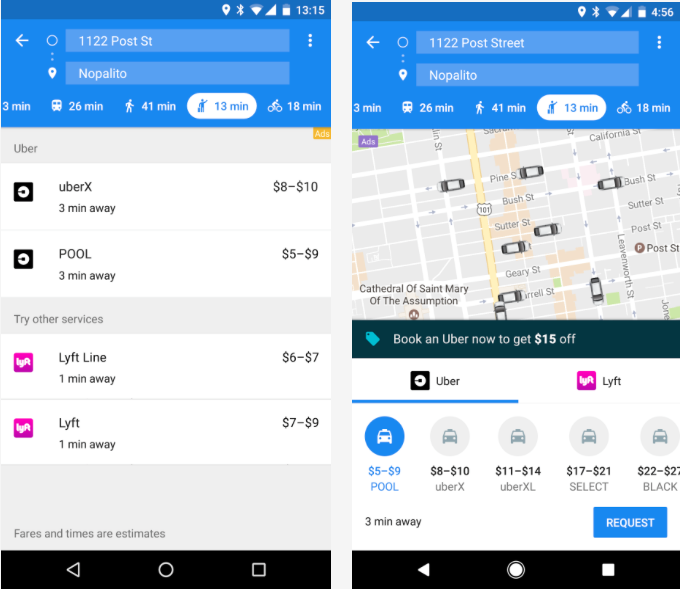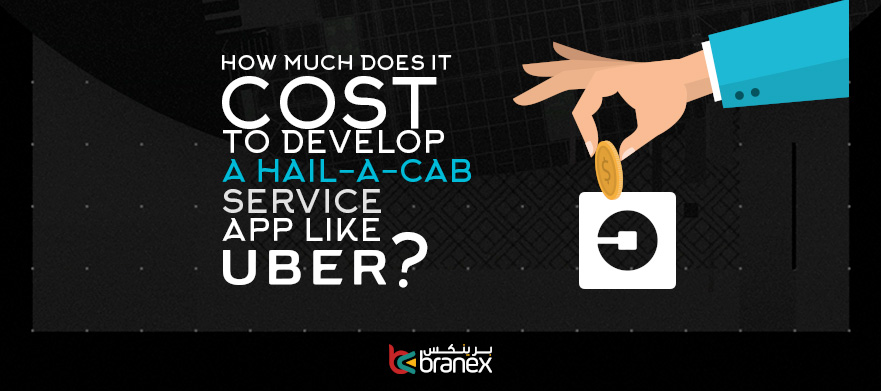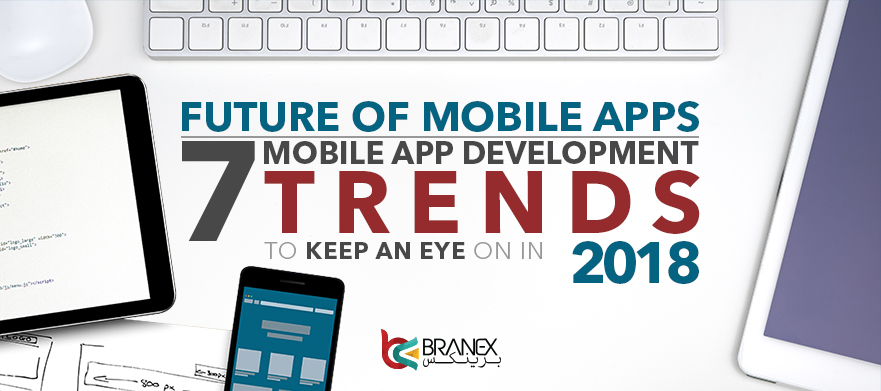Just the other day, I turned my car keys to rev the engine but to my dismay, it spluttered faintly to life for a second before sighing its last breath, and then all was silence. The battery was dead due to bouts of relentless snow the entire night.
Since I couldn’t afford to run late to my early-morning meeting, I decided to deal with the engine after work, whipped out my phone and called in an Uber.
Gone are the days when people hesitated traveling by taxi due to their higher fares and an extended waiting times. Not to mention, a lot of the time, the cars were in a dilapidated state and the air-conditioning failed to budge in the scorching afternoons, making the journey almost excruciating.
Thanks to the advent of transportation mobile applications, such as Uber, roaming around the city has never been easier. Not to mention, you get to travel in the most luxurious style in pocket-friendly fares, accompanied by professional yet courteous captains.
Uber was the brainchild of Garrett Camp in 2009. Garrett also happens to be the co-founder of Stumble upon. The idea popped into the mind of the founder when he, along with his friends, was hiring a private car and the cost seemed to fall on the higher end of the spectrum.
Uber was officially launched in San Francisco in 2011, and after that, the company gradually expanded its operations to different parts of the globe. Today, Uber operates in more than 633 cities worldwide.
The history and the way the brand has evolved seems pretty impressive, but it is indeed backed by a host of masterminds, who are most diligent in predicting the highest demands in terms of users as well as drivers. The successful implementation of this model led Uber to what it has become today.
So How Does Uber Work?
There are 5 simple steps to the Uber model:
- A customer sends requests for a car and enters their destination. The details are forwarded to the nearest driver in the vicinity.
- The driver either accepts or rejects a ride. If rejected, the request is sent to another close-by driver.
- Once accepted, the customer tracks down the car as it approaches.
- Both, the driver and the customer, get access to a live-tracking of the journey through the inbuilt map, along with an estimated time of arrival.
- Once the customer reaches their destination and pays their due, they are asked to assess the driver based on their behavior, driving or navigational expertise, and hygiene, among other factors. This process exists to continuously improve the travel experience for the customer.
While this process seems like a piece of cake at a glance, if you dig deeper, you will be surprised to learn that Uber runs on 2 mobile applications concurrently. One is for the customer and the other is for the benefit of the driver. Easier said than done!
Which Technologies Are Employed In The Development Of Location-Based Transport Apps?
Since Uber is developed for both Android and iOS app development platforms, there are two location-based services used for locations and tracking. When the Uber app is used on an android phone, it uses Google Maps for directions and real-time car tracking. However, when in use on an iOS-based device, the location services are provided by the Core Location Framework and the routes and direction selection services are provided by the MapKit Framework.
Related Read: How to use Google Maps Dubai to Avoid Traffic Congestion?
How Much Does an App like Uber Cost to Create?
There is more than one module involved in the Uber app itself. Every mobile app module comes with its own price tags, such as its development cost and the time it took to create. When you take into consideration the costs incurred based on the time taken to develop the location module of the app which involves the integration of location, routing and tracking features, the monetary cost can go up to a $50/working hour.
Similarly, the integration of payment gateways like PayPal can take up to 60+ human hours with a monetary cost of $50 per hour attached. If the app offers users the ability to pay by credit card, you can safely factor in 40 more human hours for the add/scan card integration.
The app asks the users to create their profiles before they can begin using it. Once created, the user can access the app with their profiles and all the trip data recorded against it, along with the payments and reviews. This again takes into account considerate amount of human hours and monetary costs. Mobile app developers in Dubai may need as many as 125 hours to cover all the bases with such an app. The per hour cost varies from agency to agency, as every business has its own payment and pricing models.
Another important cost associated with a great looking app is the design overhead. A mobile app development agency in Dubai worth its salt may also offer you state-of-the-art in-house app design services to allow you to avoid the to and fro involved in the design process. The hours entailed in the creation of the final design depends entirely on the mobile app designers and the cost per hour varies with the design agency. Similarly, there are modules for in-app purchasing and garnering feedback, in addition to myriad others, which combine to make an app what it looks like as in your mobile phone.
Related Read: 7 Mobile App Development Trends to Keep an Eye On In 2018
Naturally, the cost of building an extensive and user-friendly app like Uber can run high. But what is more important than the aspect of cost is the expertise of the designers and developers who are assigned for the job, for their éclat in the field can make or break a great app experience. For any prospective app owner, aspiring to build an app similar to Uber, a prudent idea is to contact a professional mobile app development agency in Dubai to receive a custom quote against the requirements.











